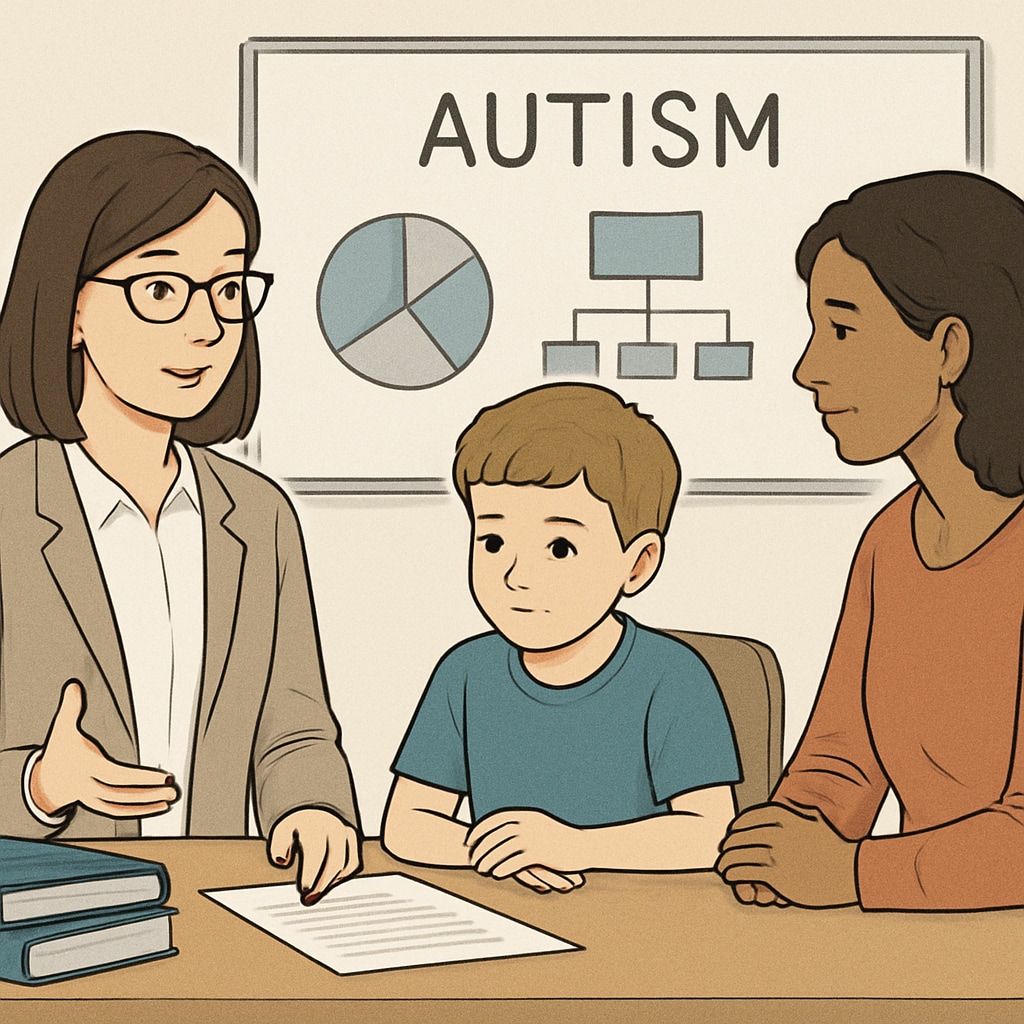Working in the field of special education, particularly with children on the autism spectrum, is both a challenging and rewarding journey. Whether you’re a teaching assistant or a certified educator, your role is vital in shaping the lives of these extraordinary learners. This article highlights essential elements of working in special education schools and offers practical tips for preparing impactful parent-teacher meetings. Through expertise and empathy, educators can truly make a difference in the lives of children with autism spectrum disorders.

Understanding the Core of Special Education
Special education encompasses tailored learning approaches designed to meet the unique needs of children with disabilities, including those on the autism spectrum. Teaching assistants play a pivotal role in implementing individualized education plans (IEPs), managing classroom dynamics, and providing emotional support to students. It’s critical to understand that each child is unique, requiring personalized strategies to unlock their potential.
For example, children on the autism spectrum may exhibit varying levels of social communication challenges, sensory sensitivities, or repetitive behaviors. Educators must adopt a patient and flexible teaching style to address these needs effectively. Additionally, collaboration with parents and specialists, such as occupational therapists, often ensures that students receive holistic support.
Key Strategies for Working in Special Education Schools
To thrive in a special education environment, educators and teaching assistants must develop specific skills and adopt best practices. Below are key strategies:
- Empathy and Patience: Students may take longer to grasp concepts or adapt to routines. Remaining patient and empathetic fosters a safe learning environment.
- Communication Skills: Use clear, simple language and visual aids to enhance understanding. Non-verbal cues often hold significant importance.
- Behavior Management: Learn to identify triggers for disruptive behavior and apply positive reinforcement techniques to encourage desired actions.
- Continuous Learning: Stay informed about new teaching methods and therapies, such as Applied Behavior Analysis (ABA) or sensory integration techniques.
These strategies not only enhance the classroom experience but also empower educators to feel confident in their roles.
Preparing for Parent-Teacher Meetings
Parent-teacher meetings are vital for sharing progress, addressing concerns, and building trust between educators and families. For children with autism spectrum disorders, these discussions often revolve around IEP goals and behavioral patterns. Here are steps to prepare for effective meetings:
- Review Student Records: Familiarize yourself with the child’s progress, challenges, and strengths. Make notes ahead of time to ensure you address key points.
- Gather Evidence: Use tangible examples like completed assignments, behavioral observations, or charts showing progress toward IEP goals.
- Be Positive: Highlight achievements before addressing areas for improvement. This creates a constructive and encouraging atmosphere.
- Collaborate: Invite parents to share insights about their child’s behavior at home. This information can help refine teaching strategies.
For example, if a child has shown increased engagement during group activities, share this milestone and discuss ways to maintain the momentum. Parents appreciate educators who focus on growth and possibilities rather than limitations.

Challenges and Rewards in Special Education Roles
Working in special education comes with its fair share of challenges. Managing diverse learning styles, addressing behavioral concerns, and coping with emotional situations can be taxing. However, the rewards far outweigh these difficulties. Witnessing a child overcome obstacles, develop new skills, and gain confidence is immensely fulfilling.
Additionally, educators often form strong bonds with students and their families, creating a close-knit support system. These relationships remind us of the profound impact that compassion and dedication can have on young lives.
For those considering a career in special education, remember that this field offers endless opportunities for personal and professional growth. As a teaching assistant or educator, every small step you take contributes to a brighter future for children with autism spectrum disorders.
Readability guidance: Use concise paragraphs and actionable lists to enhance clarity. Introduce examples to illustrate points and maintain an empathetic tone throughout. Utilize transition words like “for example,” “in addition,” and “as a result” to ensure smooth flow.


